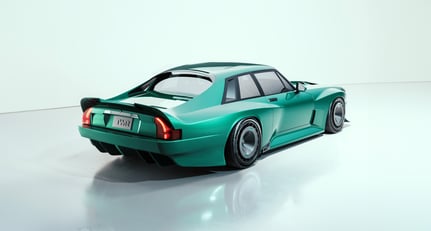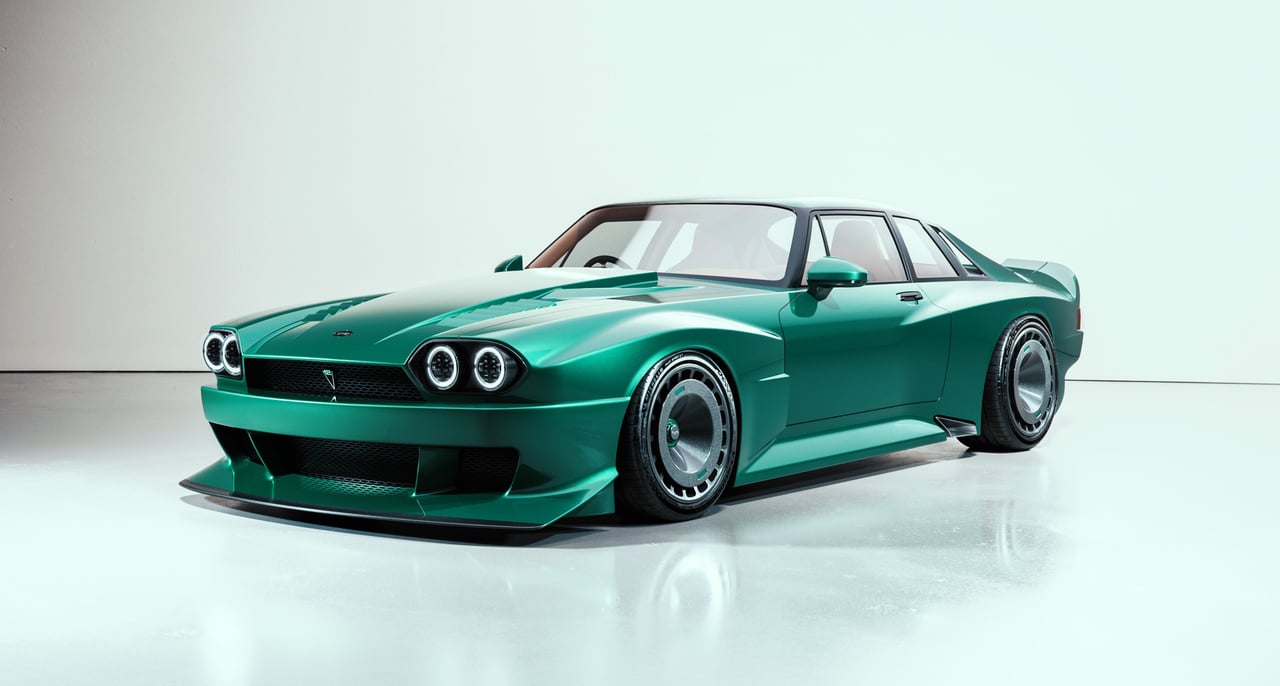
After BorromeodeSilva kicked off the 2024 restomod season in style with their fabulous safari-inspired STL1 Mustang, British firm TWR are joining in the fray with this: the Jaguar XJS-based TWR Supercat. Big cat fanatics everywhere will recognise Tom Walkinshaw Racing as the name behind some of the fastest Jaguars of the 1980s and 1990s, but before we dive into this 21st century homage, let’s recap their competition success.
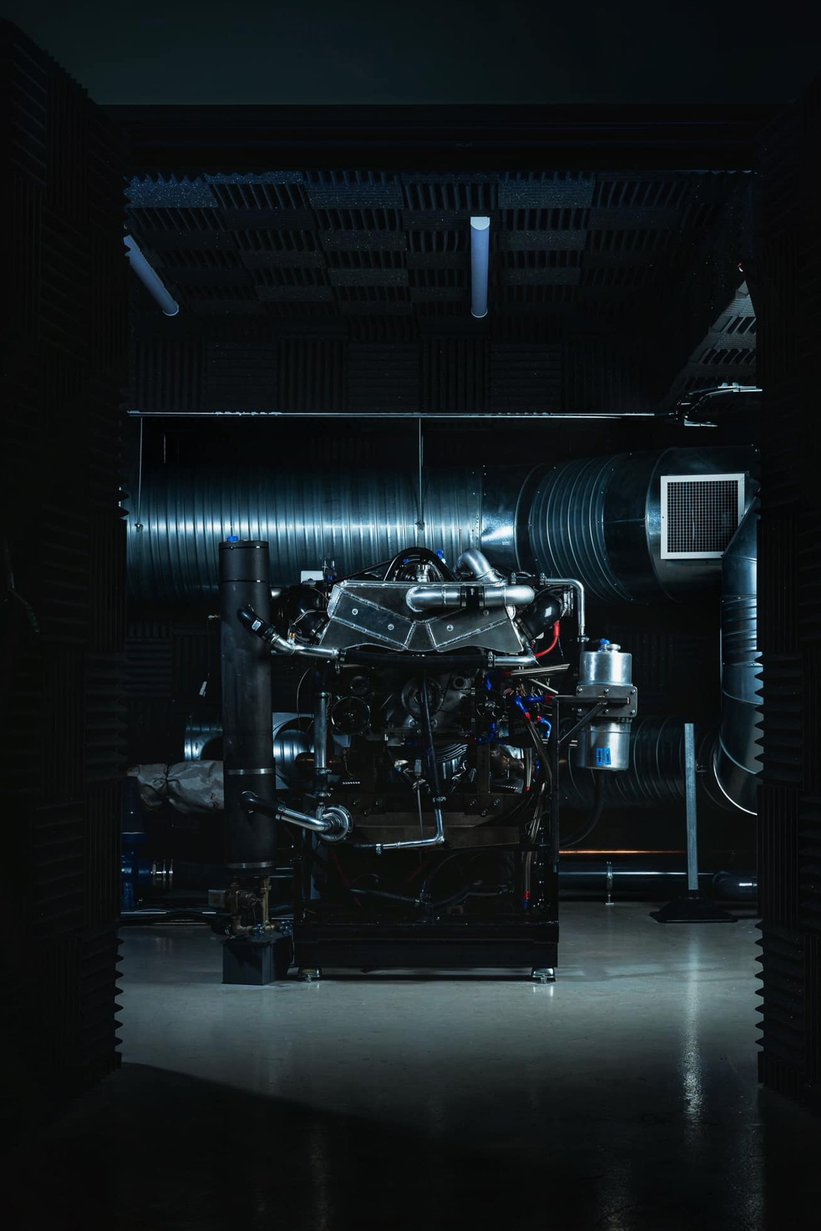

TWR first began modifying Jags in the early 1980s, when British Leyland tasked them with preparing the Jaguar XJS and Rover 3500 Vitesse for battle in the British and European Touring Car Championships. TWR Jags quickly gained a fearsome reputation on the racetrack, and in 1988, a TWR-built, V12-powered Jaguar XJR-9 bagged the outfit their first win at Le Mans. After another Le Mans win in 1990, Jaguar and TWR formed JaguarSport which would go on to build the legendary Jaguar XJR-15 and XJ220 supercars. Now, Tom Walkinshaw’s son, Fergus, is taking up the mantle with a mental XJS of his own.
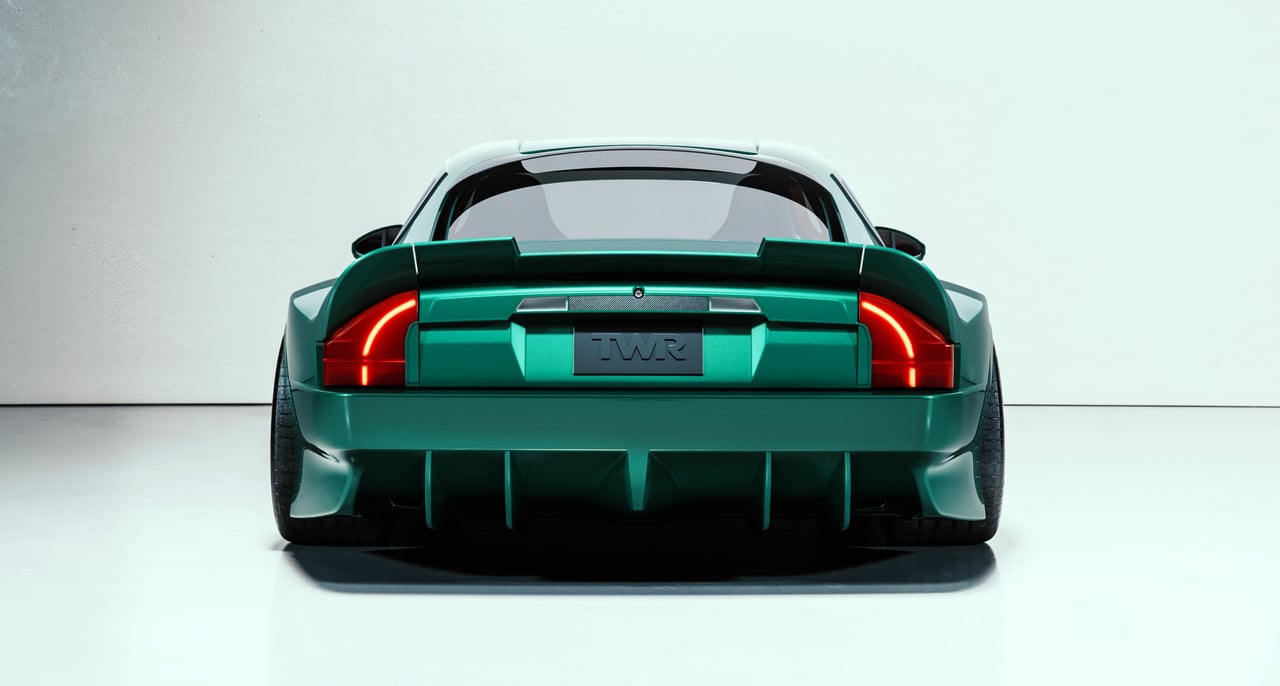
Naturally, any restomod worth its weight in carbon requires a suitably bombastic bodykit, and there’s no better man for that job than Khyzyl Saleem, AKA The Kyza, who has years of experience creating some of the internet’s craziest automotive renders. Together with the help of Magnus Walker, Khyzyl went to town on the XJS, leaving no body panel untouched as he turned up the aggression levels to 11 for every square inch of the Supercat. As one would expect, that bodywork is all carbon fibre, reducing weight, and providing huge improvements in terms of rigidity and drag reduction. Our personal highlights include that massive rear diffuser, side-exit exhausts, and flying buttresses, which have shades of the McLaren Artura and Ferrari 599.
Speaking on the project, Khyzyl said: “In merging the requirements of Super-GT form and racing functionality, we have created a unique identity that is instantly recognisable from its silhouette. I am proud of the work we have done to bring inspirations from TWR’s performance and racing car history into this extraordinary new design. I cannot wait to work with our clients in shaping their own personal styling requirements for this incredible modern interpretation of a car that deserves its place among the most celebrated examples of British automotive design.”
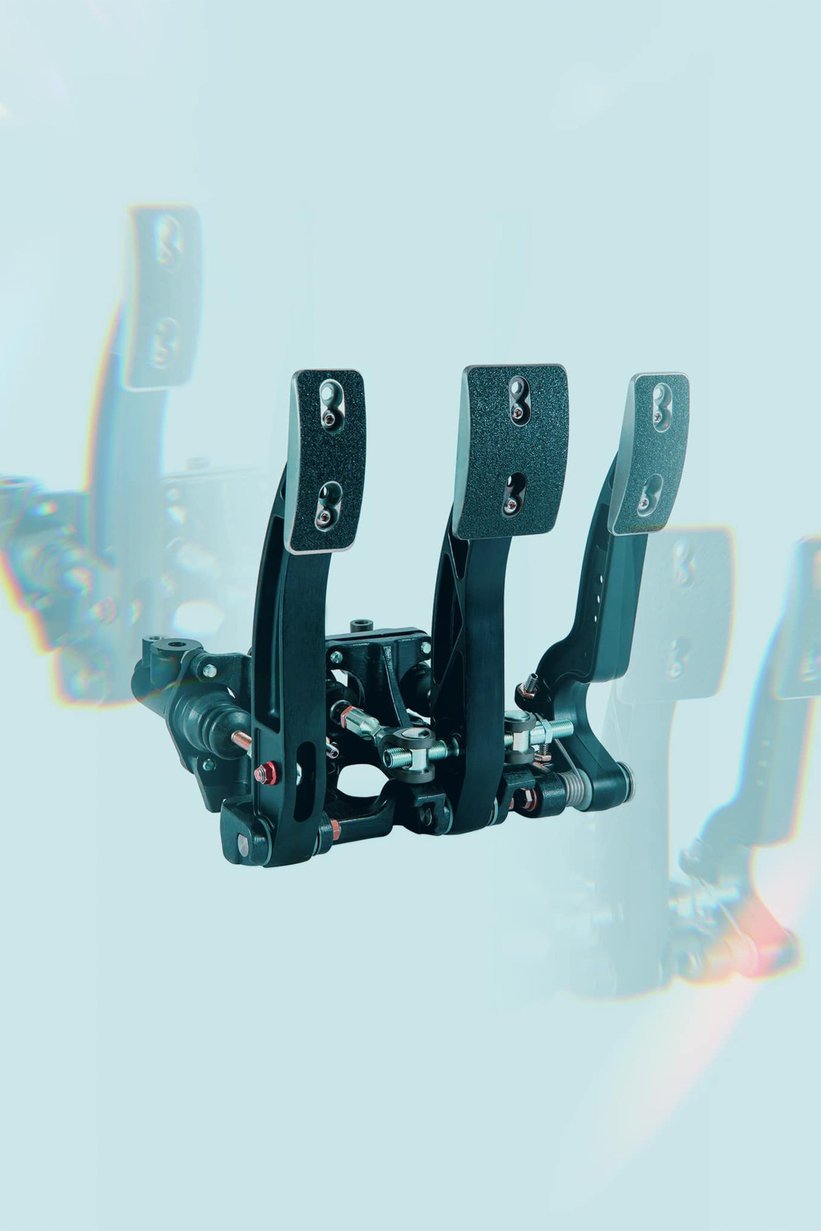
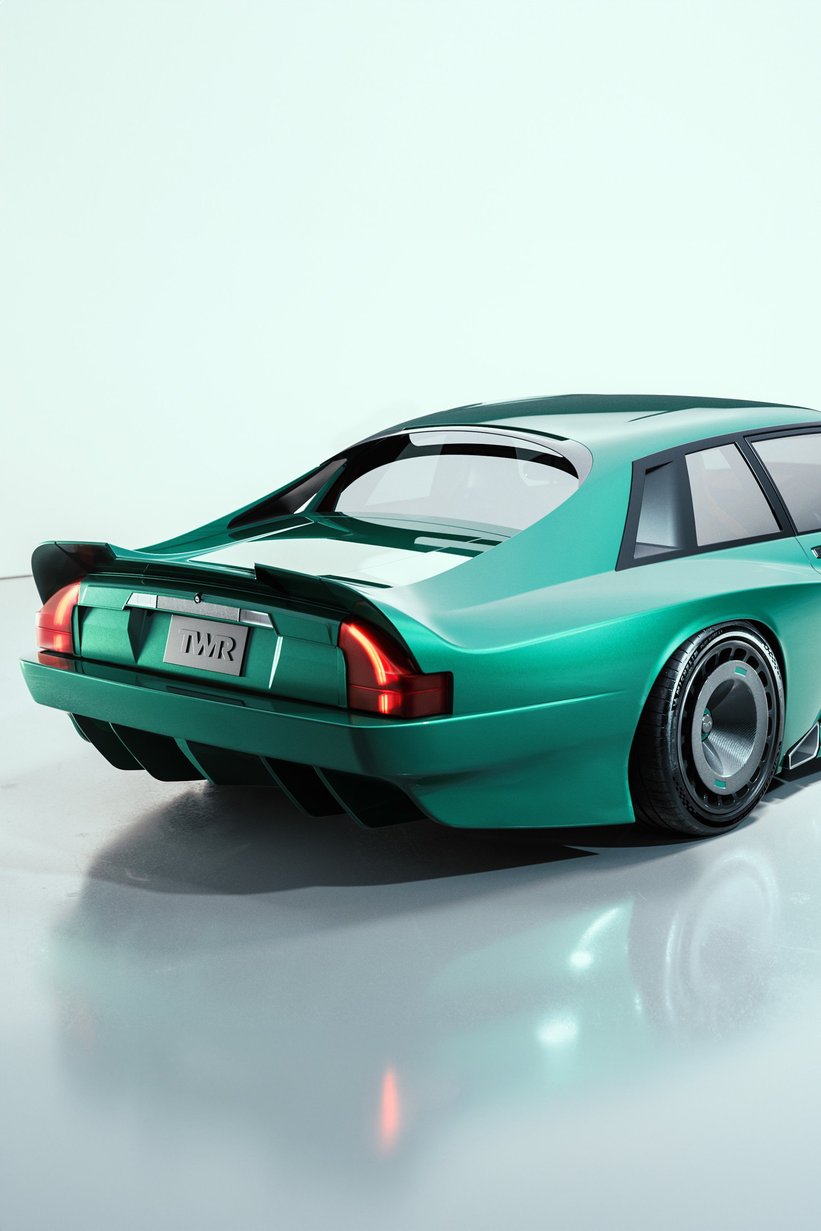
TWR say that they will build just 88 Supercats in honour of the brand’s 1988 Le Mans win, each of which will be powered by a 600 horsepower supercharged V12 mated to a good old six-speed manual gearbox for maximum driving engagement and monstrous smokey burnouts. In order to ensure the Supercat drives as good as it looks, Fergus Walkinshaw has enlisted the help of some of the most talented minds of McLaren, Ferrari, Porsche, Williams, Mercedes F1 and Renault F1, with more than two years of development work already complete.

Order books open today, with each Supercat starting at 225,000 pounds before tax, which is pretty good value by restomod standards. While both Italy and Germany have had their automotive design icons honoured with plenty of restomods in recent years, it’s great to see the XJS — a true British legend — finally getting some love. So, do you think the TWR Supercat is a worthy successor to TWR’s racers of old, or is this just another carbon-clad fad?
